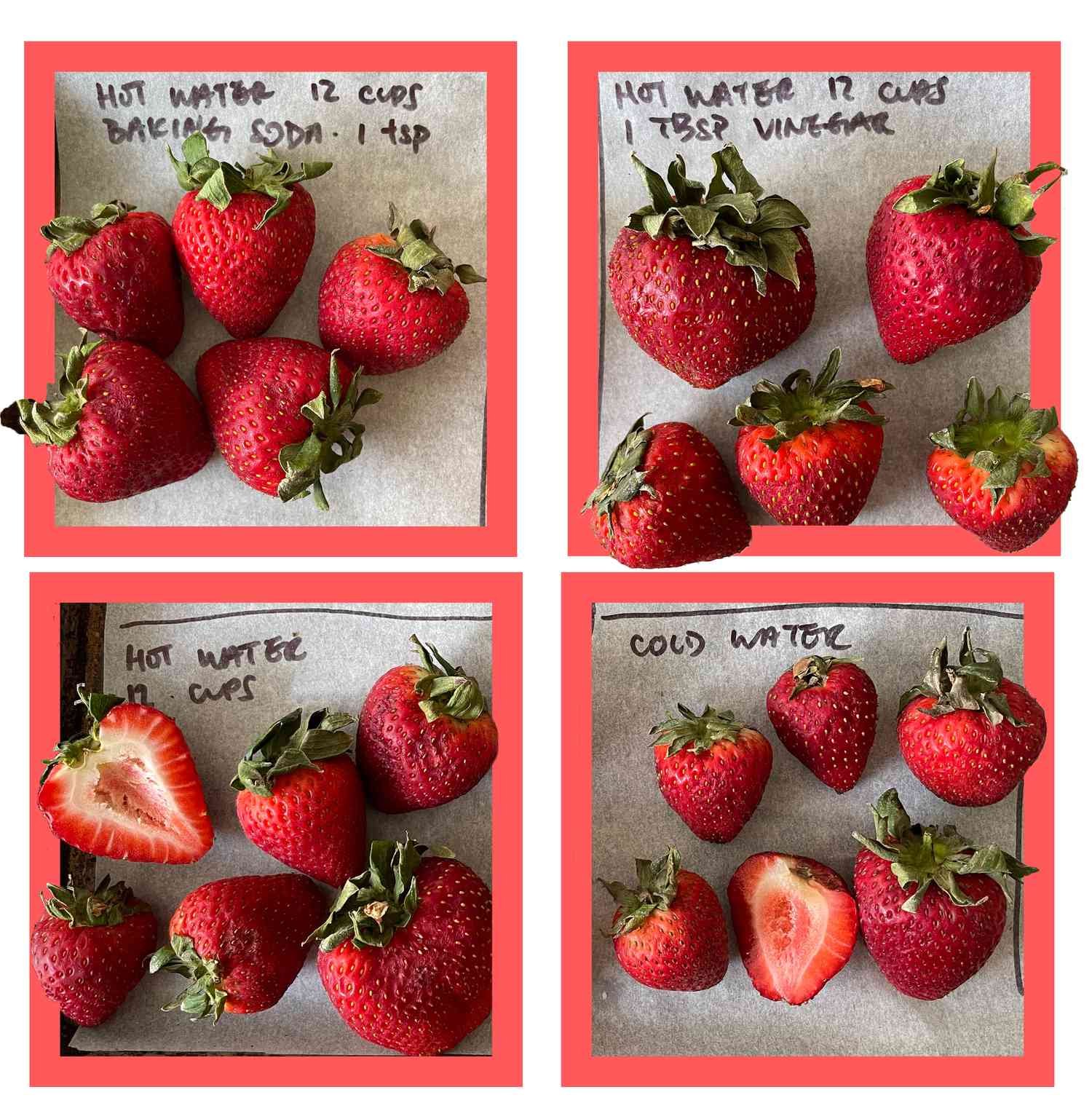How to
How to Wash Strawberries: Ensuring Freshness and Safety

In the quest for a healthier lifestyle, fruits play a crucial role, and strawberries are a popular choice due to their delightful taste and nutritional benefits. However, like all fresh produce, strawberries must be washed properly to ensure they are safe for consumption. This article delves into the importance of washing strawberries, exploring methods to do so effectively, and addressing common concerns surrounding the process. With a focus on maintaining the integrity and taste of these juicy fruits, let’s explore the best practices for washing strawberries.
Understanding the Importance of Washing Strawberries
Strawberries are among the most beloved fruits, celebrated for their vibrant color, juicy texture, and sweet flavor. They’re not just delicious; they’re packed with vitamins, antioxidants, and fiber, making them a healthy addition to any diet. However, before indulging in the delightful experience of eating strawberries, it’s crucial to understand why washing them is paramount.
First and foremost, washing strawberries helps remove any dirt, sand, or other residues from the fields. Strawberries are grown close to the ground, making them susceptible to contamination. Furthermore, like many other fruits and vegetables, strawberries may have been exposed to pesticides or other chemicals used in farming. Washing helps minimize exposure to these substances, although it’s essential to note that not all residues can be completely removed by washing alone.
Another critical reason to wash strawberries is to reduce the risk of consuming harmful bacteria, such as E. coli or Salmonella. These bacteria can sometimes be present on fruits and vegetables and can cause serious health issues if ingested. Properly washing strawberries significantly lowers the risk of foodborne illnesses, making it a vital step in food preparation.
Best Practices for Washing Strawberries
Now that we understand why washing strawberries is crucial let’s explore how to do it correctly. The goal is not just to clean the fruit but to do so in a way that maintains its integrity and flavor.
- Preparation: Begin by removing any strawberries that are spoiled or moldy to avoid contaminating the good ones. It’s also wise to wash strawberries just before you plan to eat or use them, as washing can hasten spoilage.
- Cold Water Rinse: The simplest and most common method to wash strawberries is by gently rinsing them under cold running water for about 20 to 30 seconds. Ensure to spread them out and flip them to wash all sides thoroughly.
- Vinegar Bath: For a more thorough cleaning, consider using a vinegar solution. Mix one part vinegar with three parts water in a bowl and soak the strawberries for about five minutes. The vinegar can help remove more bacteria and pesticides than water alone. After soaking, rinse the strawberries under cold water to remove any vinegar taste.
- Saline Solution: Similar to the vinegar bath, a saline solution can also be effective in cleaning strawberries. Dissolve approximately 1 teaspoon of salt in 2 cups of water, soak the strawberries for a few minutes, and then rinse them thoroughly under cold water.
- Drying: After washing, it’s important to dry strawberries gently to prevent them from becoming soggy. Lay them out on a clean kitchen towel or paper towels and pat them dry. Alternatively, you can let them air dry by leaving them spread out on the towel for a few minutes.
Addressing Common Concerns
Many people worry that washing strawberries, especially with solutions like vinegar or saltwater, might affect their taste or texture. While it’s true that soaking strawberries for too long in any solution can alter their texture, brief and proper washing will not. The key is to follow the recommended times and to rinse the strawberries well after soaking them in any cleaning solution.
Another concern is the potential loss of nutrients during the washing process. It’s reassuring to know that the nutritional loss from washing strawberries is negligible. The benefits of cleaning them far outweigh the minimal nutrient loss that may occur.
Conclusion: Savoring Strawberries Safely
Washing strawberries effectively ensures that we can enjoy not only their taste but also their health benefits, without the risk of consuming harmful substances. By following the best practices outlined above, you can easily integrate this simple yet crucial step into your routine, enhancing the safety and enjoyment of eating strawberries. Whether you’re preparing a quick snack, a fruit salad, or a decorative topping for a dessert, taking the time to wash your strawberries properly is a small effort with significant benefits for your health and well-being.
Remember, the joy of eating strawberries isn’t just in their taste but also in the peace of mind that comes from knowing they are clean and safe. So the next time you bring home a batch of these juicy, red gems, take a moment to wash them properly. It’s a simple step that goes a long way in ensuring your strawberries are as wholesome and delicious as they are meant to be.
Read Also: How to Cook Salmon: A Comprehensive Guide


















